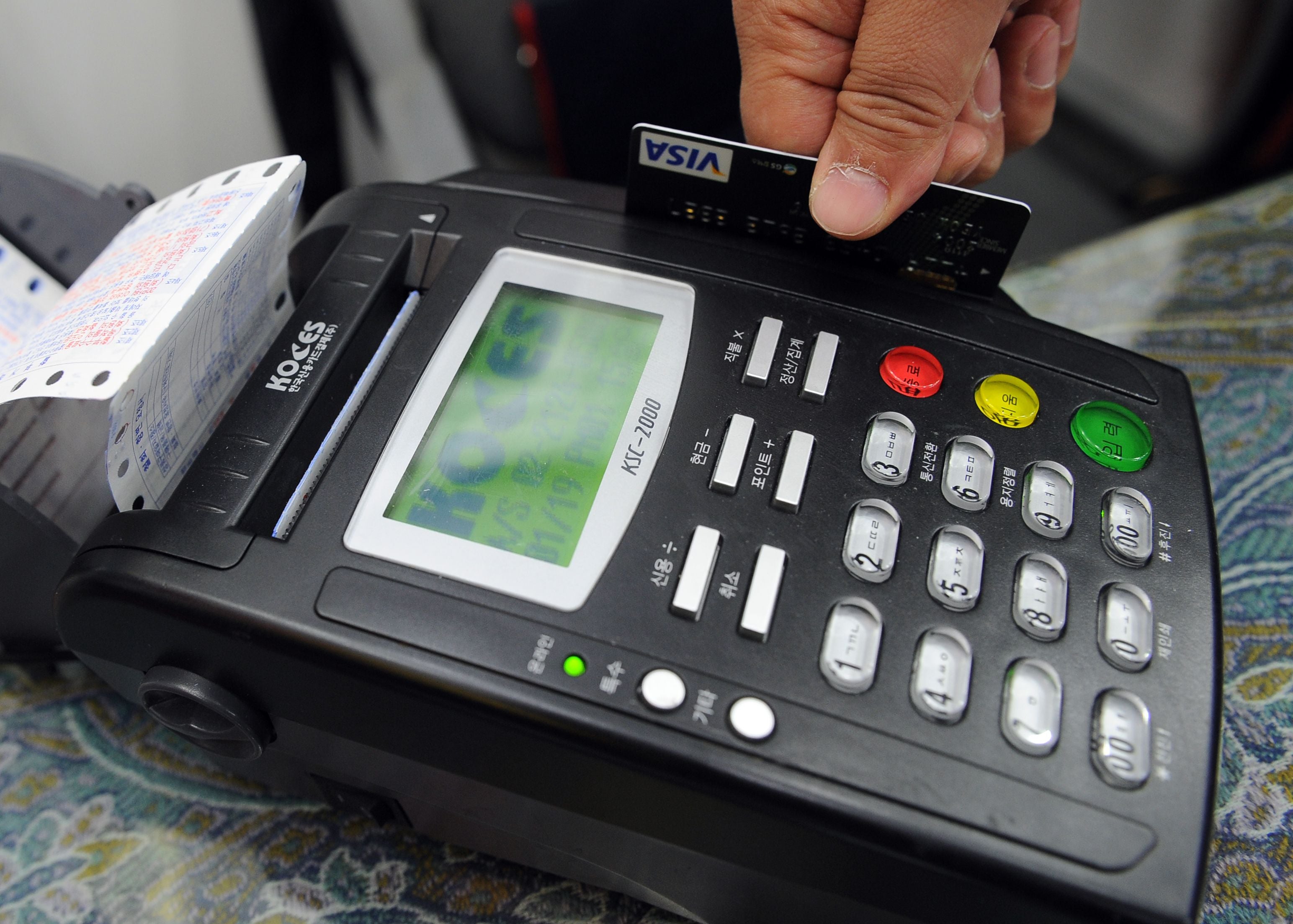I went bankrupt – and I want to make it easier for others to do the same
For the first time in five years, I have finally built a future for myself, and it wouldn’t have been possible without declaring bankruptcy, writes Michael Amory


I declared bankruptcy almost three years ago and, once I got over the initial wave of guilt and shame one feels on having to admit defeat – especially on something as basic as affording one’s existence – I can say that it was the best decision I could have made in my circumstances, and that we don’t encourage this option enough to those who are struggling financially.
As of 2022, Americans currently have a combined credit card debt of $887m (£755m), with the average APR interest rate standing at 21.4 per cent. This effectively means that, for every $5 of debt a person has, they are probably accruing more than a dollar of additional debt via interest. You can see how even a temporary absence of employment or a major medical event could result in a debt spiral that leaves little room for escape.
However, despite the ease with which one can acquire debt in our society, we also hesitate to educate people about, or even present as an option, the facility to declare bankruptcy if debt simply becomes too much of a stranglehold on their life. Business is supposed to be transactional by nature, so why do we cast emotions on the concept of personal bankruptcy?
When someone makes a bad business deal, we might criticise them or wonder what else they could have done to avoid this outcome, but we rarely allow it to define their character. This is not so with bankruptcy, despite it being encoded in our laws as a legitimate option for lendees to take. It’s a moral judgement that only flows one way, and just so happens to hamstring the less fortunate – and I don’t believe that is an accident.
The way various banks and credit card companies make money from cards is via interest on debt. If everyone were to pay their bills on time, this enterprise would go bankrupt. It’s an inherently predatory model, so it is no surprise that they would encourage a narrative that the only solution is to keep paying your debt for decades and hope that some day your financial situation might change.
The statistics tell us that this is usually not the case. Three-quarters of people who died between October and December 2016 died with debt obligations, the average level being $61,554 (around £52,400). Of those dying with debt, 68 per cent had credit card debt. These debt chains are rarely shed once acquired, yet bankruptcy can serve as a form of freedom if considered with the seriousness it deserves – and if a plan for the “after” is formulated.
I can speak to this personally. I was admitted to a psychiatric hospital more than four years ago when I was diagnosed with borderline personality disorder (BPD) – which is considered an extremely serious mental illness. While my hospital stay “only” cost a couple of thousand dollars, my debt started to pile up due to a combination of treatment and lack of work.
I went into the hospital with a full-time job and eventually left as a part-time worker, with my condition taking a nasty bite out of my monthly income. I was also told that the only effective treatment for BPD was a therapeutic modality called dialectical behavioural therapy (DBT). Unfortunately (at least in America), many providers of this treatment do not take insurance, so my out-of-pocket monthly costs for treatment were similar to what I paid for my rent.
I started drowning in debt. Every time I pulled out my credit card to pay for a meal or charge another therapy session I’d start to sweat, wondering if this would be the transaction that caused the dreaded “card declined” screen to appear.
Eventually I reached a point at which I had exhausted all my credit lines and funds and was facing more than $60,000 (around £51,000) in credit card debt, primarily from living expenses and therapy bills, with a part-time job that only brought in around 2k a month. I knew the maths didn’t add up.
It was then, out of desperation, that I researched the bankruptcy process. I learned the drawbacks, the struggle I’d have afterwards in acquiring new lines of credit or being able to purchase or rent a house or get a car. However, I also learned that this would no longer apply after 10 years. I decided that, at age 28, I could chart the next 10 years of my life with these limitations and come out stronger.
To keep up to speed with all the latest opinions and comment, sign up to our free weekly Voices Dispatches newsletter by clicking here
Thanks to being able to discharge my debt fully in a bankruptcy court, I was able to attend graduate school and get my masters in social work from New York University, with the goal of being a mental health therapist – a field that has a huge demand for workers.
I am now working in a private practice, with a good income flow, and with the ability to vastly increase this in two years when I will be able to acquire a licence to open my own private practice. For the first time in five years, I have finally built a future for myself, and it wouldn’t have been possible without declaring bankruptcy.
The ability to start over and become reborn is a quintessential American narrative. It is time we apply that myth-making to bankruptcy, because too many of us are being held down when there is a process that gives us the chance to fly again.






Join our commenting forum
Join thought-provoking conversations, follow other Independent readers and see their replies
0Comments